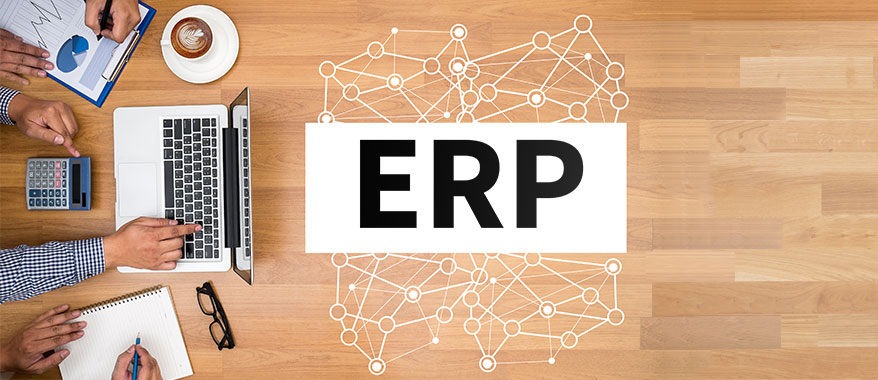At its core, an ERP is an application that automates business processes, and provides insights and internal controls, drawing on a central database that collects inputs from departments including accounting, manufacturing, supply chain, sales, marketing and human resources (HR).
Once information is compiled in that central database, leaders gain cross-departmental visibility that empowers them to analyze various scenarios, discover process improvements and generate major efficiency gains. That translates to cost savings and better productivity as people spend less time digging for needed data.
ERP software that’s tailored to meet the needs of an individual business pays major dividends, making these systems a critical tool for companies across industries and of all sizes. Many of the world’s best-known and most successful firms have leaned on ERP for the last quarter century. Now, this software can be configured and priced to meet the needs of all-size businesses.
Put simply, an ERP system helps unify people, processes and technology across an organization.
Why Is ERP Important for Businesses?
ERP systems have become table stakes for businesses looking to use resources wisely. They can help leaders reallocate human and financial capital or build more efficient processes that save money without sacrificing on quality or performance.
An ERP is also an asset when it comes to planning and coordination. Employees can see current available inventory and customer orders in detail, then compare supplier purchase orders and forecasted future demand. If necessary, they can make adjustments to head off problems. ERP software improves communication and collaboration as well because workers can check on the status of other departments to guide their own decisions.
As a comprehensive source of data, an ERP system also provides a host of reports and analytics that can be difference-makers for the business. Turning a vast trove of information into charts and graphs that clearly illustrate trends and help model possible results is an ERP capability executives find invaluable.
How Does an ERP System Work?
ERP systems work by using a defined, standard data structure. Information entered by one department is immediately available to authorized users across the business. This uniform structure helps keep everyone on the same page. For example, say a local food distribution chain has multiple locations that often share stock and personnel. As quality, sales and employee data from these sites is fed into the ERP system, it’s formatted to indicate which location it comes from.
Data is then woven into business processes and workflows across departments. Leaders can see if one location is doing significantly better at avoiding spoilage than a sister site a few towns over and work to figure out why, while operations can make sure staffing levels align with traffic patterns. Finance can compare sales to rents to help executives decide whether to consolidate.
ERP systems deliver the most value when a company has modules for each major business function and ensures timely, accurate data entry. And, the more stakeholders have access, the better.
When a company uses business systems from multiple vendors, integrations are generally possible to make data automatically flow into the ERP. This data can then be used throughout the ERP instance to benefit any process or workflow.


